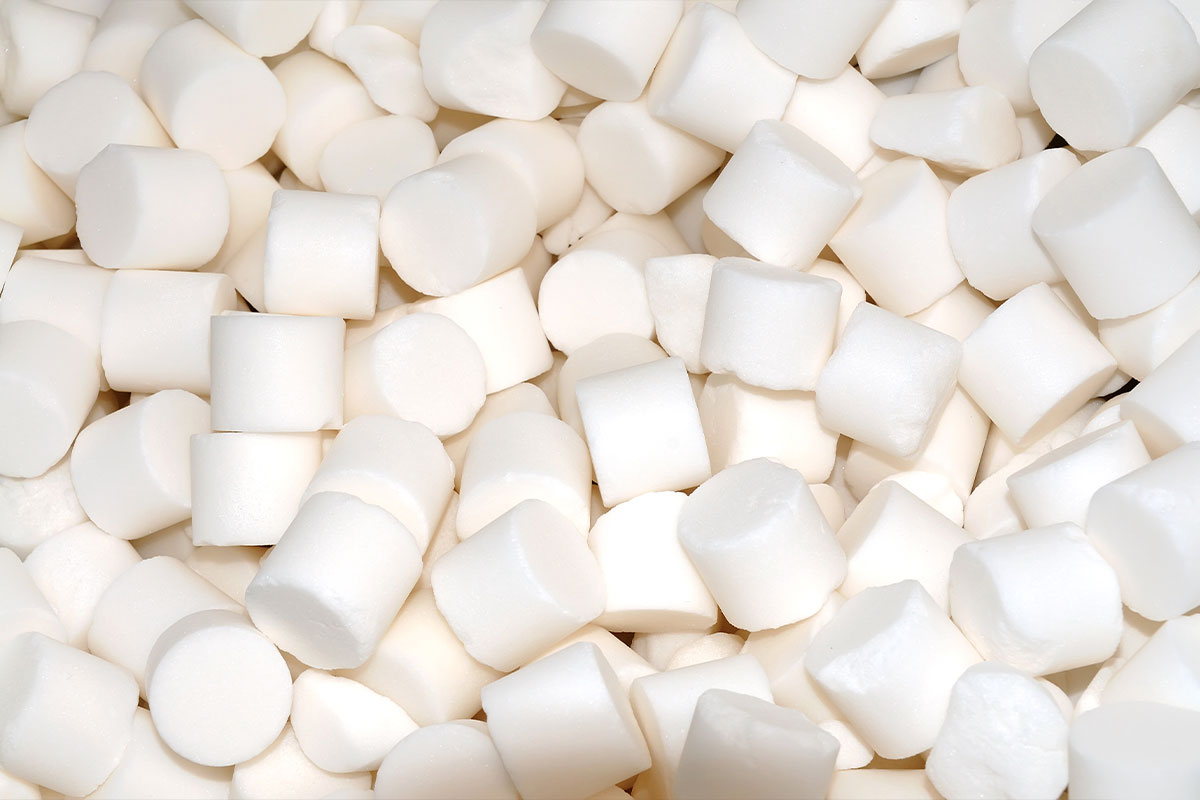Water softeners are an increasingly common device in our homes that helps to increase the quality of the water we use every day. They work by eliminating excess calcium and magnesium ions, which are responsible for water hardness. By reducing water hardness, the softener not only improves the taste of water, but also protects our home appliances from limescale, which can lead to premature failure of the devices. The key ingredient that makes the softener work is salt. But how much is the actual salt consumption when using a water softener? In this article, we will take a closer look at this issue to answer this question.
Mechanism of action: regeneration with salt
Salt, in the form of sodium chloride, plays a key role in the water softening process. It acts as a medium that helps to regenerate the ion exchange bed in the water softener. When the softener works, calcium and magnesium ions are removed from the water and replaced by sodium ions. This process continues until the ion exchange bed becomes saturated with calcium and magnesium ions, meaning it can no longer effectively remove hardness from the water. This is when the regeneration process takes place, during which the salt is used to "recharge" the ion-exchange medium, restoring its ability to effectively soften water.
Dependencies: water hardness, water consumption and salt consumption
Salt consumption in a water softener is not constant and depends on many factors. Two of the most important are the hardness of the input water and the amount of water used. Water hardness varies from region to region and can also vary depending on the water source. The harder the water, the more salt is needed to soften it. The amount of water used also affects salt consumption - the more water that passes through the softener, the more salt is needed to soften it. In a typical household, where water hardness is at a moderate level and water consumption is not excessive, you can expect salt consumption to be around 10 kg per month. However, this is a guide value that may vary depending on specific conditions, but it does give you some idea of what to expect.
Saving salt: process optimization
Although the use of salt in a water softener can average around 10 kg per month, there are ways to minimize this consumption. This can be achieved, for example, by optimizing your device settings. Many modern softeners have features that allow you to save salt. One of them is on-demand regeneration, which triggers the regeneration process only when it is really necessary, and not at regular intervals. Another way is to adjust the device settings to specific conditions, such as water hardness and water consumption. A well-configured water softener will only use as much salt as is actually needed, which saves money.
Summary: what should you know about salt consumption?
In conclusion, the salt consumption of a water softener depends on many factors, including water hardness and the amount of water used. The average salt consumption is usually around 10 kg per month, but this may vary depending on specific conditions. Understanding how a water softener works and learning how to optimize it is crucial. When properly managed, a water softener can effectively improve water quality while using a relatively small amount of salt.



